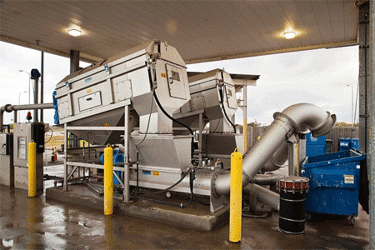Expect The Unexpected: Handling The Unknowns Of Septage Receiving

Decentralized treatment of wastewater represents a significant portion of the cumulative wastewater flow to be treated in the United States. According to a 2013 EPA Decentralized Wastewater Program memo, they indicate that more than one in five homes in the United States is served by a decentralized wastewater treatment system. These systems collectively treat more than four billion gallons of sewerage a day.
Septage systems that are appropriately designed and maintained provide an excellent form of localized wastewater treatment. If a system gets overloaded or is not on a regular schedule of service, then issues with contamination of surface or groundwater begin to emerge.
This is especially poignant in environmentally sensitive areas. An excellent example of this is in the Puget Sound located in the State of Washington. During World War II, the area was burgeoning with activity to support shipbuilding and movement of material. Many living areas sprung up near the water to support workers and their families. Now that those activities are no longer happening, the dwellings remain in place with very antiquated and inadequate septic systems that are failing and spilling over nutrients into the pristine waters of the Puget Sound.
Get unlimited access to:
Enter your credentials below to log in. Not yet a member of Water Online? Subscribe today.
